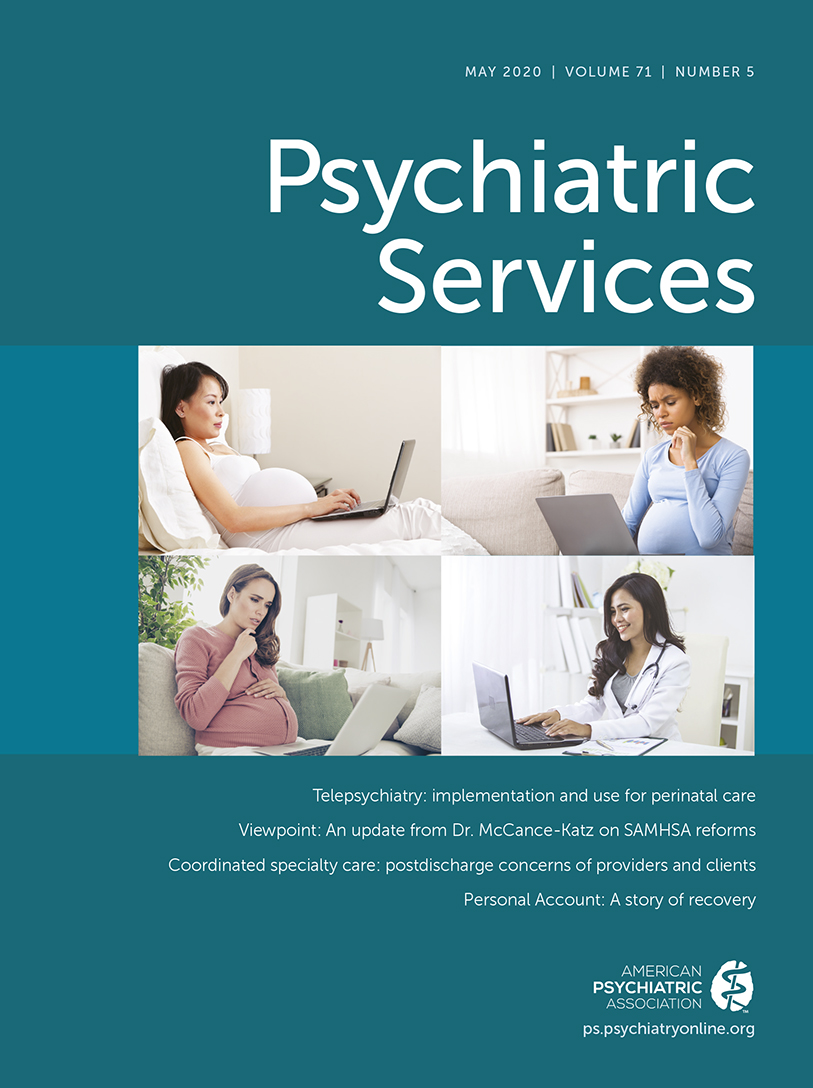Development of the National Network of Depression Centers Mood Outcomes Program: A Multisite Platform for Measurement-Based Care
Abstract
Objectives:
Mood disorders are among the most burdensome public health concerns. The National Network of Depression Centers (NNDC) is a nonprofit consortium of 26 leading clinical and academic member centers in the United States providing care for patients with mood disorders, including depression and bipolar disorder. The NNDC has established a measurement-based care program called the Mood Outcomes Program whereby participating sites follow a standard protocol to electronically collect patient-reported outcome assessments on depression, anxiety, and suicidal ideation in routine clinical care. This article describes the approaches taken to develop and implement the program.
Methods:
Since 2015, eight pilot sites have implemented the program and followed more than 10,000 patients. This pilot study presents descriptive statistics based on the first 24-month period of data collection.
Results:
In this sample, 58.6% of patients with bipolar disorder (N=849) and 57.5% of patients with unipolar depression (N=3,998) remained symptomatic at follow-up. Lifetime rates of planned or actual suicide attempts were high, ranging from 27.6% for patients with unipolar mood disorders to 33.5% for patients with bipolar disorder. Men, unmarried individuals, and those with comorbid anxiety had a poorer longitudinal course. This initial snapshot of clinical burden is consistent with public health data indicating that mood disorders are severely debilitating.
Conclusions:
This study demonstrates the potential of the Mood Outcomes Program to create a nationwide “learning health system” for mood disorders. This goal will be further realized as the program expands in reach and scope across additional NNDC sites.



